Imagine walking through the dense, emerald forests of Borneo and realizing you’re not just surrounded by a sea of green — you’re standing in the midst of a conversation. The trees, towering and ancient, are quietly communicating beneath your feet and above your head. They’re whispering warnings, sending out invitations, and yes, they might even be talking about us. It’s a thought that’s both thrilling and unsettling: while we’ve been busy studying the forest, the forest has been watching, learning, and responding to us in ways we’re only beginning to understand. What if the world’s oldest rainforests have secrets to share — not just about themselves, but about our place in their story? Let’s dive into the heart of Borneo, where the language of trees is as real as any spoken word.
The Ancient Heartbeat of Borneo
Borneo’s rainforests are among the oldest on Earth, dating back over 130 million years. These forests have survived ice ages, volcanic eruptions, and dramatic climate shifts, evolving into a living library of biodiversity. Towering dipterocarp trees, some reaching over 250 feet, form the backbone of this lush ecosystem. Each tree is like a wise elder, holding memories of ancient times in its rings and roots. The sheer age of these forests means the communication networks here are deeply established, honed over millennia. Walking among these giants, you can sense a pulse, a kind of living rhythm that connects every living thing — from the smallest fungus to the largest orangutan. This ancient heartbeat is the foundation for the mysterious conversations happening all around us.
Roots That Reach Beyond Soil
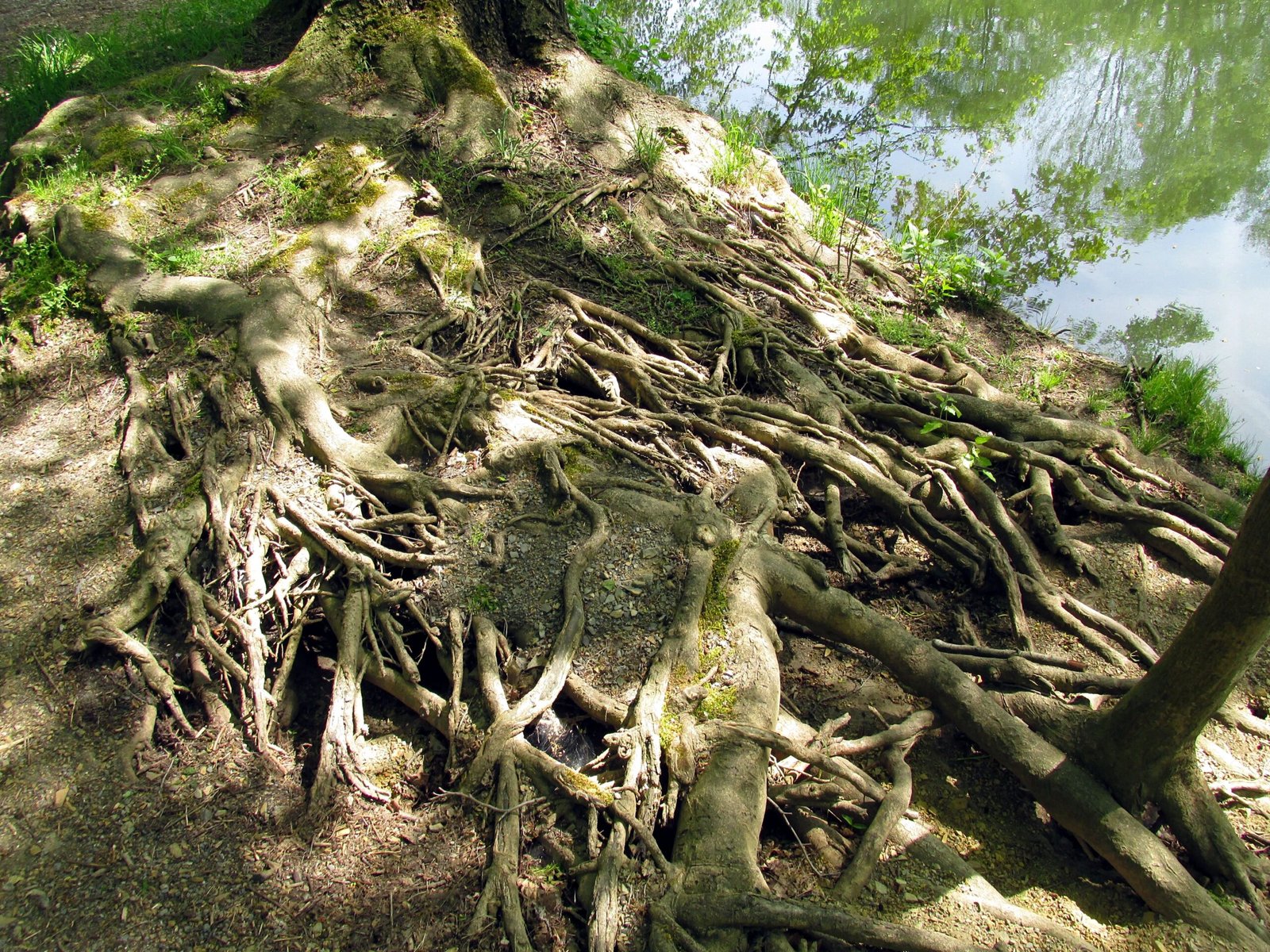
If you picture tree roots as simple anchors, think again. In Borneo, roots are more like fingers reaching out, seeking connection. Beneath the forest floor, roots intertwine and overlap, forming a tangled web of life. But it’s not just physical contact — roots exchange water, nutrients, and chemical signals with astonishing precision. When one tree suffers from drought or disease, its roots send out distress signals, alerting its neighbors. This underground web is a lifeline, a way for trees to support each other in times of need. Imagine a neighborhood where everyone helps each other out, sharing what they have — that’s the world beneath Borneo’s soil.
The Secret Network: Mycorrhizal Fungi
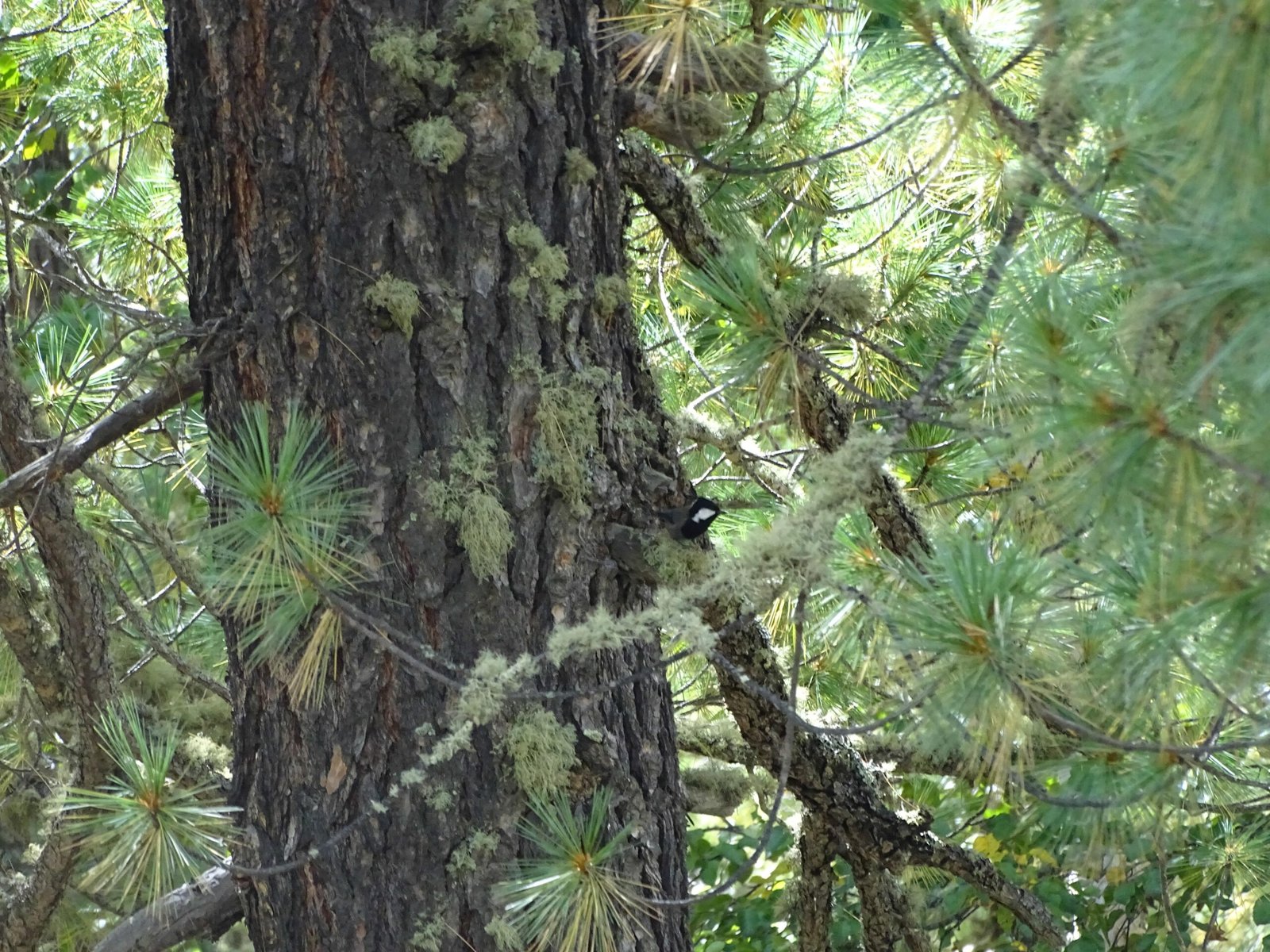
The real magic, though, lies in the partnership between trees and fungi. Mycorrhizal fungi wrap around and penetrate tree roots, forming a symbiotic relationship that scientists now call the “wood wide web.” In Borneo’s rainforests, this network is especially dense and diverse, connecting trees across vast distances. The fungi act as messengers, carrying carbon, nutrients, and even chemical warnings from one tree to another. When a tree is attacked by pests, it can “tell” its neighbors via these fungal threads, giving them time to ramp up their own defenses. This system is more sophisticated than any technology humans have built — it’s like a natural internet, millions of years old.
Chemical Conversations in the Canopy
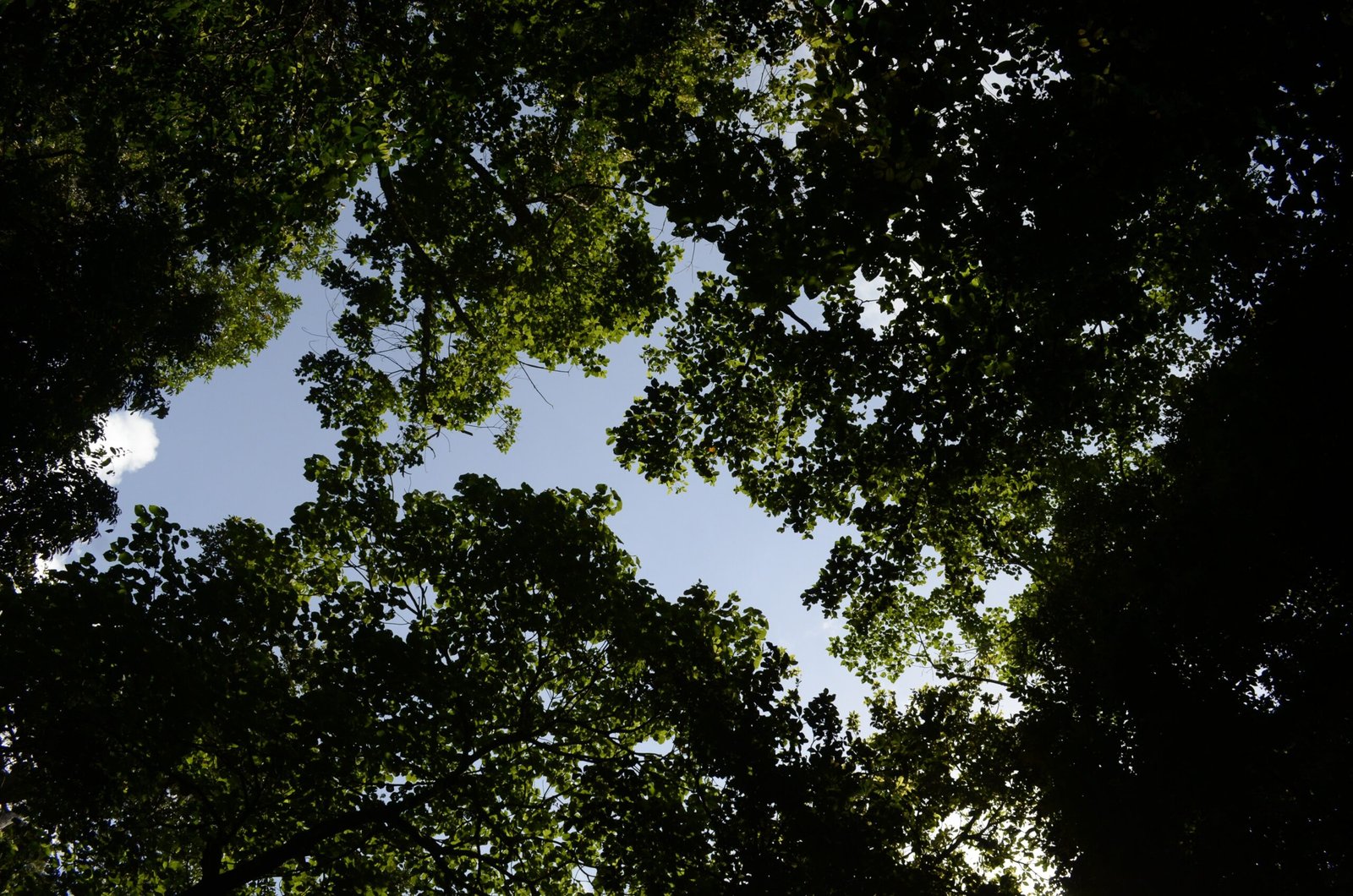
Above ground, trees talk in different ways. When a tree is under attack by herbivores, it releases chemicals called volatile organic compounds (VOCs) into the air. These scents drift through the forest, alerting nearby trees to danger. In response, those trees may produce bitter-tasting leaves or toxins that deter hungry insects. The entire canopy can become saturated with these invisible messages, creating a kind of chemical chatter that only the trees can fully understand. For humans, these scents might be barely noticeable, but for the trees, they’re urgent warnings and helpful tips, all rolled into one.
Signals of Alarm and Distress
When danger approaches, Borneo’s trees don’t keep quiet. If a tree is damaged — whether by a rampaging elephant or a chainsaw — it broadcasts distress signals through both its roots and the air. Neighboring trees receive these messages and often respond by fortifying themselves. Some even slow their growth to conserve resources, preparing for hard times ahead. It’s a survival strategy, honed by countless generations facing unpredictable threats. The forest acts as a community, where the pain of one can trigger the resilience of many. This response is so quick and coordinated, it’s almost as if the trees are holding an emergency meeting.
Allies and Rivals: The Social Lives of Trees
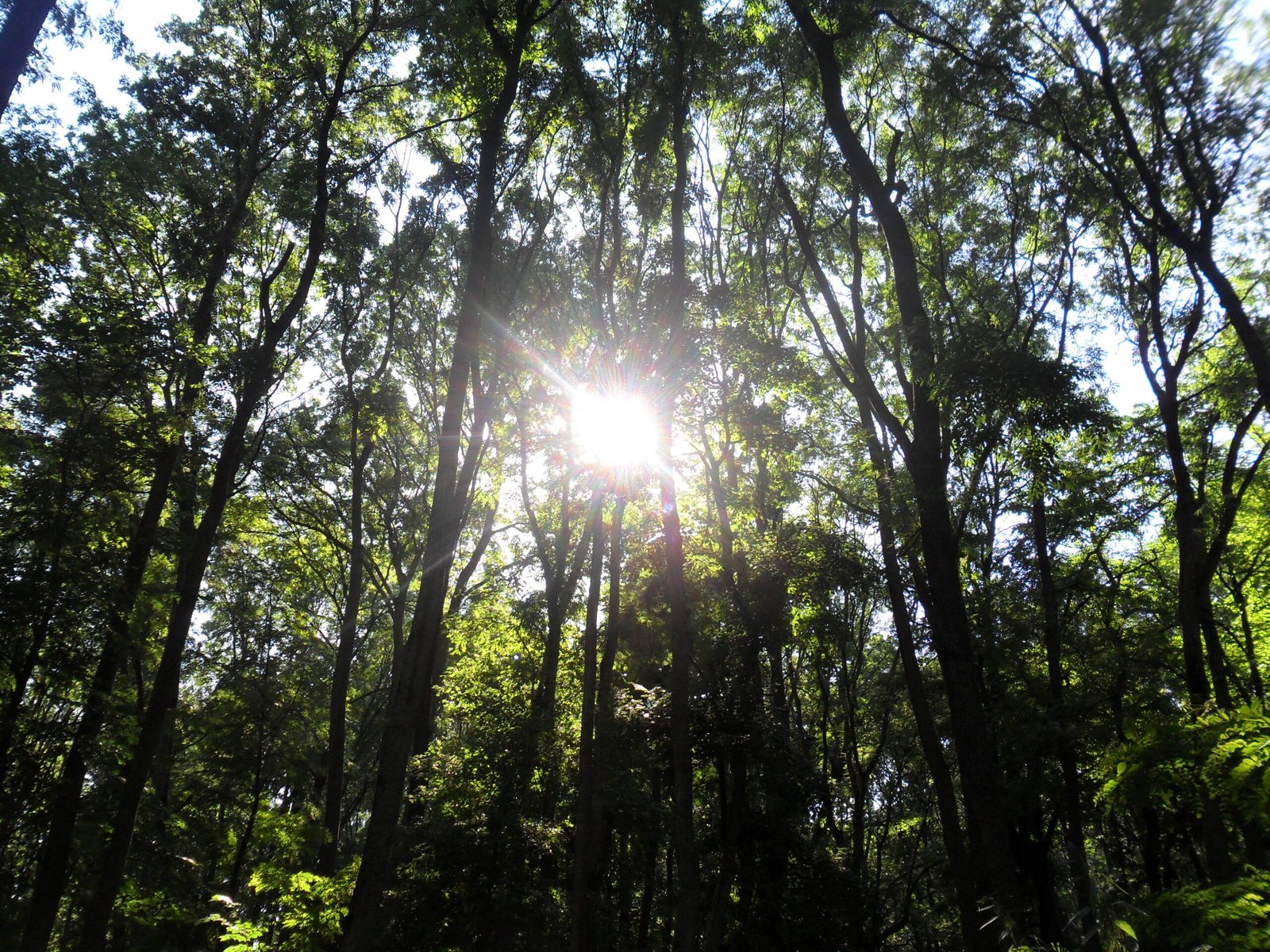
Not all communication in Borneo’s forests is friendly. While trees often support close relatives, they can also compete fiercely with unrelated neighbors. Some species release chemicals into the soil that inhibit the growth of rivals — a phenomenon known as allelopathy. This is the plant world’s version of office politics: subtle, strategic, and sometimes ruthless. At the same time, certain trees, like the towering Shorea species, form close-knit alliances, sharing resources with their own kind. These social dynamics shape the entire forest, determining which species thrive and which fade away. It’s a drama as complex as any soap opera, played out in slow motion over centuries.
Tree Memory: Lessons Learned and Shared
Trees remember. When a tree survives a pest attack or a drought, it often “remembers” the experience by altering its chemistry or growth patterns. Even more surprising, this knowledge can be shared. Through the underground network, older trees can pass on signals that prime young saplings to be more resilient. It’s as if elders are teaching the next generation how to survive in a dangerous world. This memory isn’t stored in a brain, but in the tissues and chemical pathways of the trees themselves. In Borneo’s forests, wisdom is literally rooted in the ground.
Animals as Messengers and Eavesdroppers
Borneo’s forests aren’t just home to trees — they’re alive with animals that interact with these communication networks. Orangutans, hornbills, and pygmy elephants all play roles in the forest’s social web. Some animals, like leaf-eating insects, are the targets of tree defenses. Others, like fruit bats and birds, help spread seeds and fungi, expanding the network further. There’s even evidence that some animals can “eavesdrop” on tree signals, using volatile compounds as cues to find food or avoid danger. The forest is a symphony of messages, with every creature tuning in to its favorite station.
Human Footprints: A Disturbance in the Network
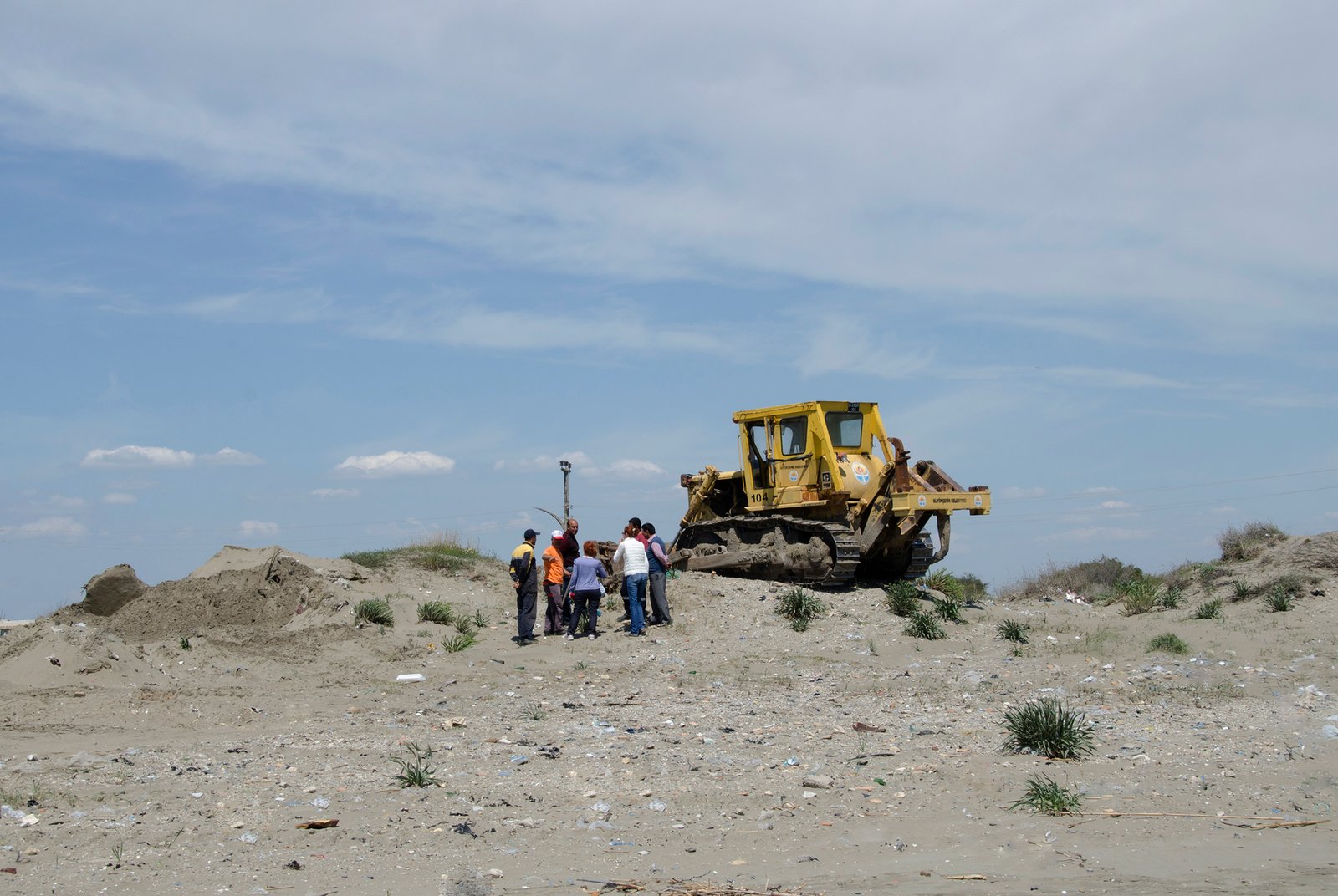
When humans enter the forest, the conversation changes. Logging, agriculture, and roads break up the underground networks, isolating trees from their allies. Chemical signals don’t travel as far, and the resilience of the forest is weakened. Pollution and climate change add extra stress, confusing the signals or overwhelming the system entirely. Some scientists liken this to cutting the wires in a communication grid: messages get lost, and the community suffers. The more we disturb the forest, the quieter — and lonelier — it becomes.
Trees Responding to Our Presence

It’s not just that we disrupt the forest; the trees actively respond to us. Studies have shown that trees near human activity can change the way they grow and communicate. Some produce more defensive chemicals, anticipating harm. Others alter their flowering and fruiting times, trying to adapt to new patterns of disturbance. In a way, the trees are watching us, learning our habits, and changing their own behavior in response. It’s a subtle but powerful reminder that we’re not invisible guests — we’re participants in the forest’s ongoing story.
The Power of Sound: Vibrations in the Forest
Beyond chemical signals, some researchers believe trees might even use sound to communicate. Tiny vibrations, inaudible to humans, travel through roots and stems, carrying information. In Borneo, where the ground is often soft and moist, these signals can move surprisingly far. While the science is still emerging, early experiments suggest that trees under stress produce different vibration patterns — a kind of Morse code for plants. Imagine a world where even the ground beneath your feet is alive with secret messages.
Stories Etched in Tree Rings
Every year, trees lay down a new ring, recording their experiences in wood. In Borneo, scientists have learned to “read” these rings, uncovering stories of drought, fire, and even human impact. Chemical changes in the rings can reveal times of stress, while sudden shifts mark moments of disturbance. Each tree becomes a living diary, silently chronicling the history of its world. These stories are more than just data — they’re a testament to the resilience and adaptability of life in the rainforest.
The Role of Indigenous Knowledge
For centuries, Indigenous peoples in Borneo have understood that the forest is alive with communication. Their stories and traditions speak of trees as sentient beings, capable of listening and responding to human actions. Many local communities manage the forest with this respect in mind, using rituals and taboos to protect sacred trees and maintain harmony. Modern science is only now beginning to catch up with this ancient wisdom, recognizing that listening to the forest isn’t just poetic — it’s essential for survival.
Borneo’s Trees and Climate Change
As the climate shifts, the conversations in Borneo’s forests are growing more urgent. Trees are sending out more distress signals, struggling to adapt to higher temperatures and erratic rainfall. The underground networks become lifelines, helping weaker trees survive. But the pressure is intense, and not all species can keep up. The fate of the forest depends on how well these communication systems can withstand the coming changes. In this crisis, the ability to talk — and listen — is more important than ever.
What We Can Learn from the Talking Trees
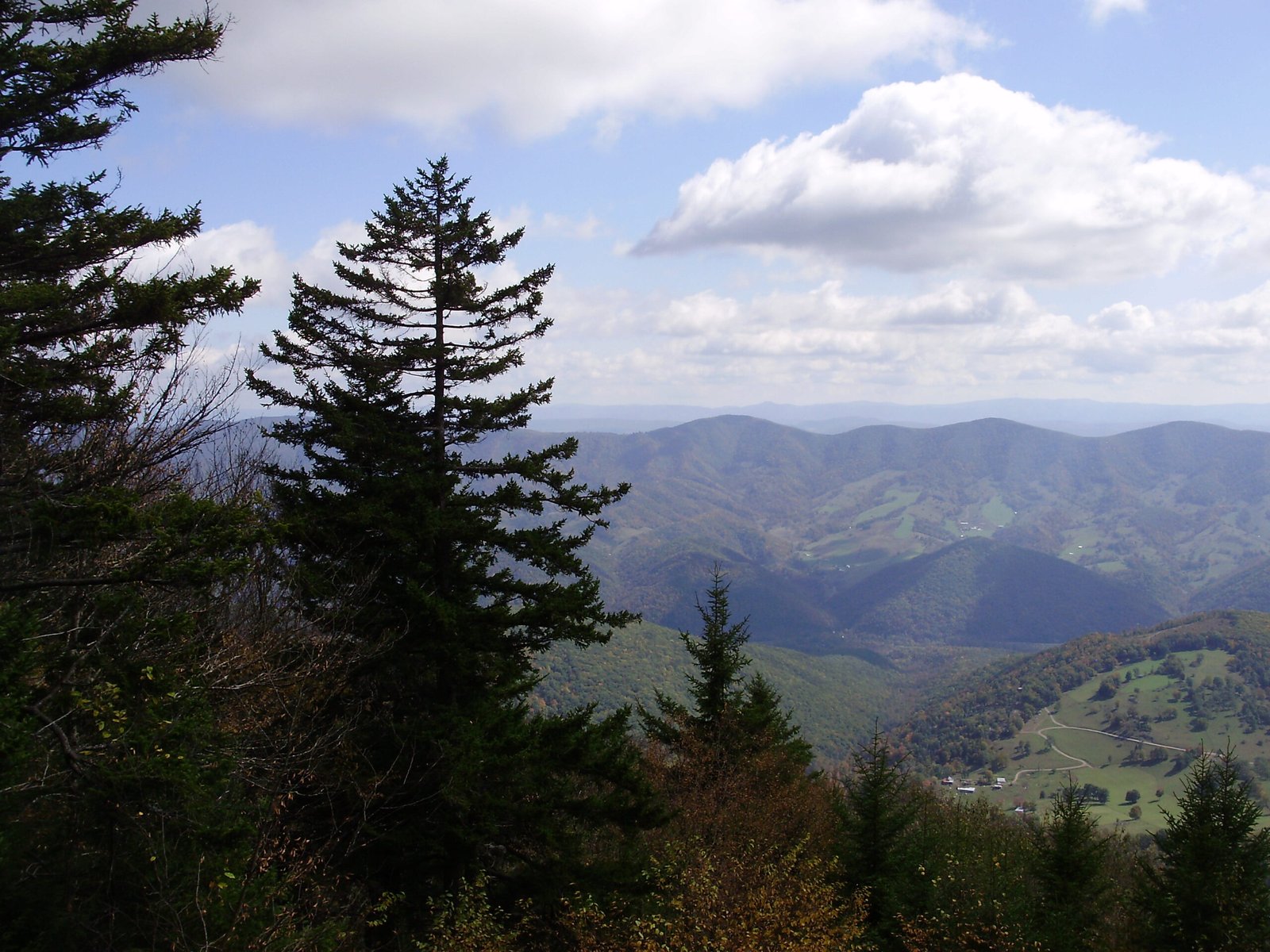
The idea that trees communicate isn’t just a scientific curiosity — it’s a lesson for humanity. Borneo’s forests show us that strength comes from connection, cooperation, and resilience. When we ignore these lessons, we put the entire ecosystem at risk. But when we pay attention, we can learn how to live in balance with the world around us. The trees are talking, and they have much to teach us — if only we’re willing to listen.
Our Place in the Conversation
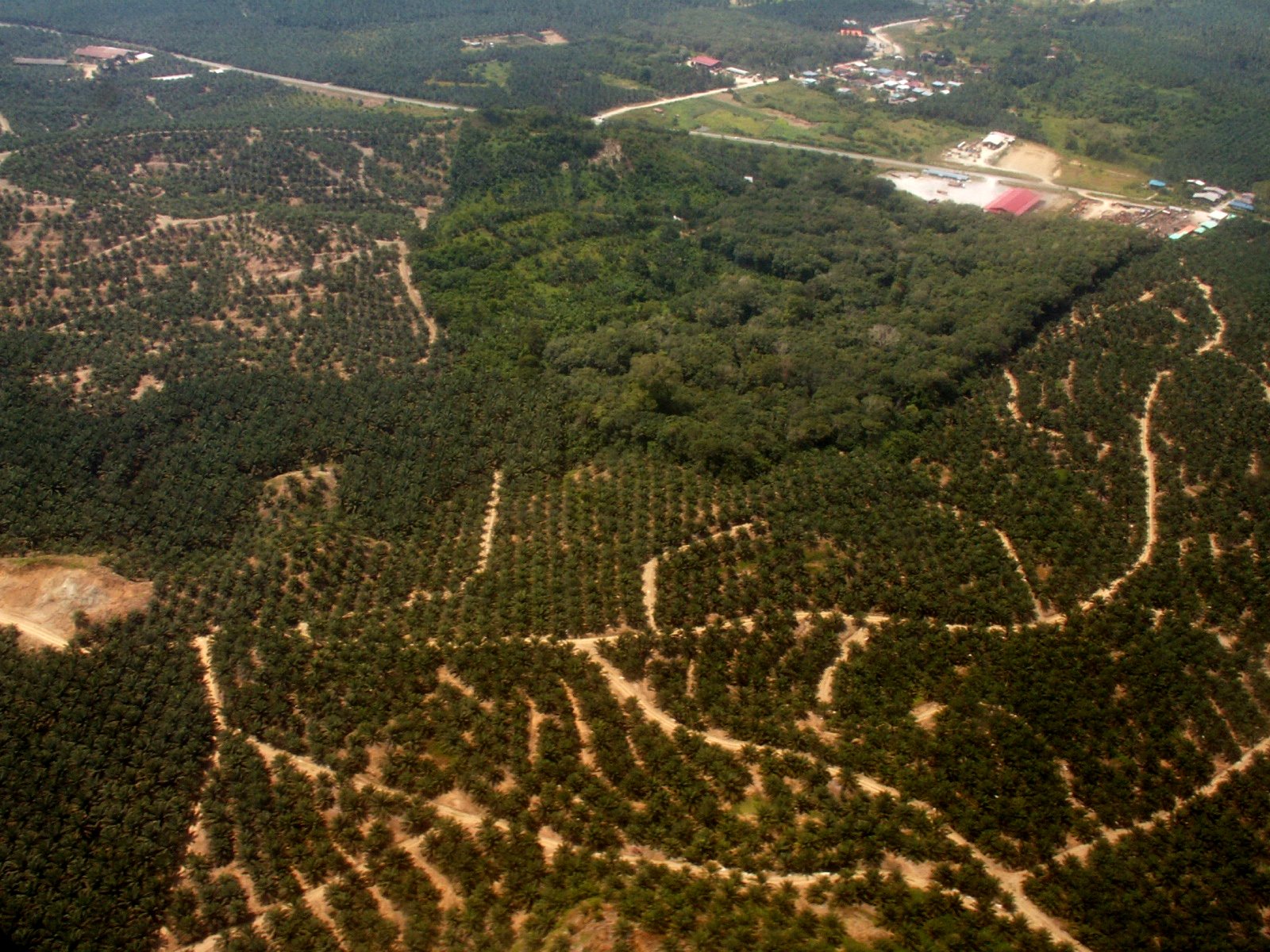
Standing in Borneo’s rainforest, it’s impossible not to feel a sense of awe — and responsibility. We are woven into the fabric of these ancient networks, whether we realize it or not. Every action we take sends ripples through the system, changing the conversation in ways we might never fully understand. The trees are watching, whispering, and adapting. The real question is: are we ready to listen, and become part of their story?



